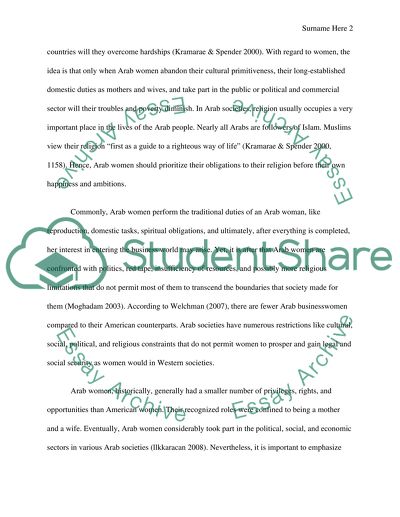Cite this document
(“The Current Status of Arab Women and American Women: A Comparative Research Paper”, n.d.)
Retrieved from https://studentshare.org/psychology/1446619-arab-vs-us-women-in-job-married-devorce-and-any
Retrieved from https://studentshare.org/psychology/1446619-arab-vs-us-women-in-job-married-devorce-and-any
(The Current Status of Arab Women and American Women: A Comparative Research Paper)
https://studentshare.org/psychology/1446619-arab-vs-us-women-in-job-married-devorce-and-any.
https://studentshare.org/psychology/1446619-arab-vs-us-women-in-job-married-devorce-and-any.
“The Current Status of Arab Women and American Women: A Comparative Research Paper”, n.d. https://studentshare.org/psychology/1446619-arab-vs-us-women-in-job-married-devorce-and-any.


